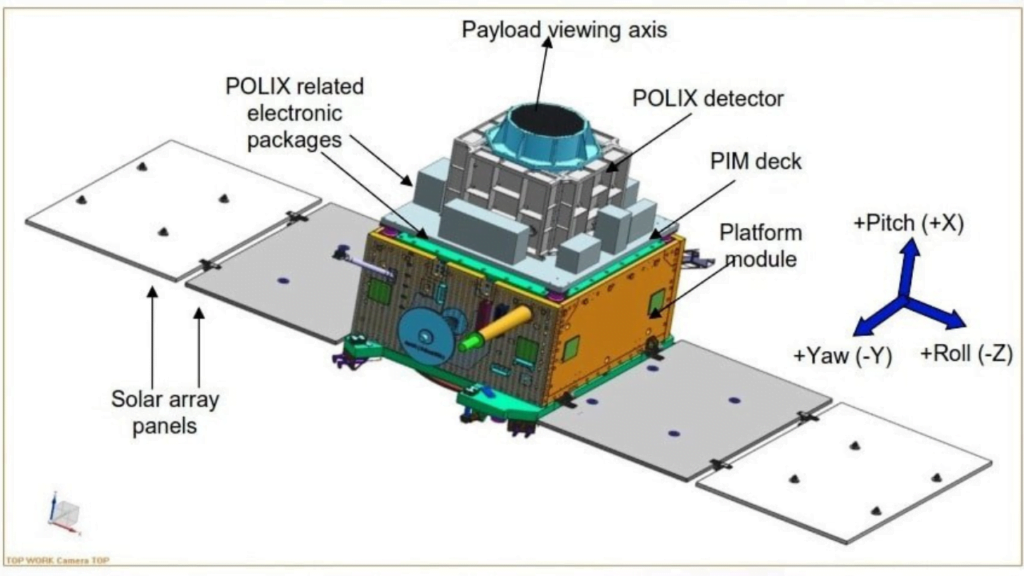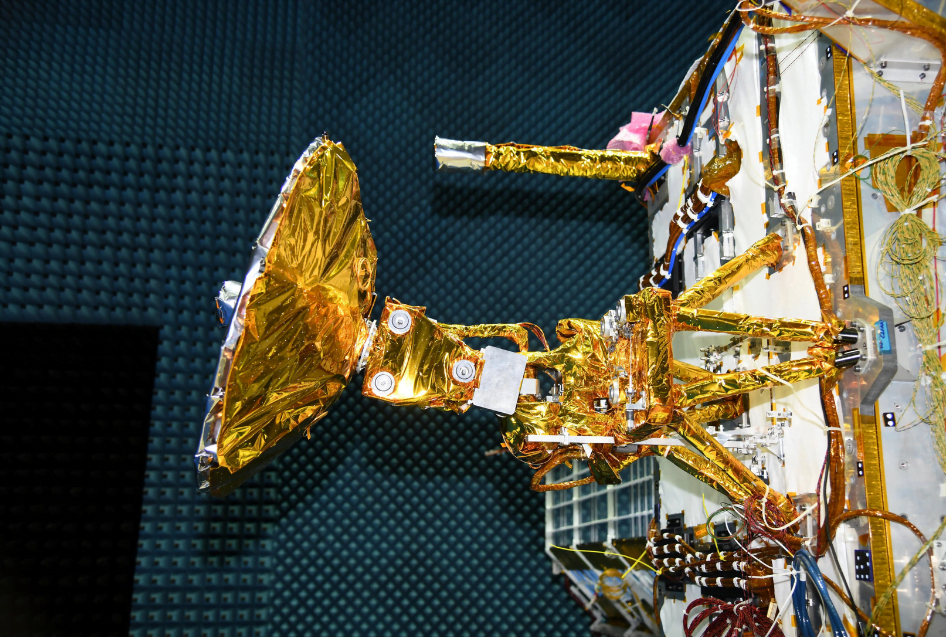ISRO is launching World’s 2nd X-ray satellite which is XPoSat by PSLV- C58 XPoSat Mission on 1st January 2024 at 9:10 AM from Shri Harikota, Andhra Pradesh. Three Indian startups—Dhruva Space, Bellatrix Aerospace, and TM2Space—will also launch their payloads alongside the XpoSat satellite using the PSLV rocket.
These payloads from the startups are placed on the PSLV Orbital Experimental Module (POEM-3) of the launch vehicle.
Payloads of PSLV- C58 XPoSat Mission

The first payload of the PSLV- C58 XPoSat Mission is the XPoSat Satellite of ISRO, Dhruva Space, headquartered in Hyderabad, is set to launch its LEAPTD (Launching Expeditions for Aspiring Technologies Technology Demonstrator). This mission aims to showcase the capabilities of microsatellite subsystems.
Read about Dhruva Space startup: Dhruva Space- India’s 1st Spacetech Startup
Bellatrix Aerospace, located in Bengaluru, is gearing up to send two payloads into space using a launch vehicle. The first payload is Rudra 0.3 HPGP, a green monopropellant thruster. These thrusters, also known as satellite propulsion systems, are like engines that help keep satellites in their designated orbits. Additionally, Bellatrix will launch ARKA 200, another type of thruster that they have developed.
In addition, Bengaluru-based TakeMe2Space (TM2Space) is planning to launch a Radiation Shielding Experiments Module to assess the effectiveness of tantalum coating. According to a statement from TM2Space, this radiation-shielding coating is expected to enhance the lifespan of CubeSats.
The PSLV- C58 XPoSat Mission is crucial from an astronomical perspective because XPoSat is not only India’s first but also the world’s second X-ray satellite.
Read full details of XPoSat XPoSat: India’s 1st X-ray Polarimeter Satellite
What is POEM
The PSLV Orbital Experiment Platform (POEM), also referred to as the PSLV Stage 4 Orbital Platform (PS4-OP), serves as a unique orbital microgravity testing ground. Essentially, it repurposes the spent fourth stage of the PSLV rocket. By integrating additional components such as photovoltaic cells, an attitude control system, and communication systems, this modified stage transforms into a versatile satellite bus. Unlike the usual practice of discarding the fourth stage as space debris after deploying a satellite, the augmented stage now can host payloads for extended periods, lasting up to six months in orbit. This innovation reduces space debris and maximizes the utilization of the rocket’s components.
Read also India Will Launch 50 AI-Powered Spy Satellites In the Next 5 Years
Read also What happens to an astronaut’s dead body when they die in space?


